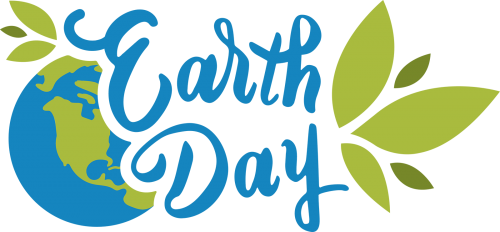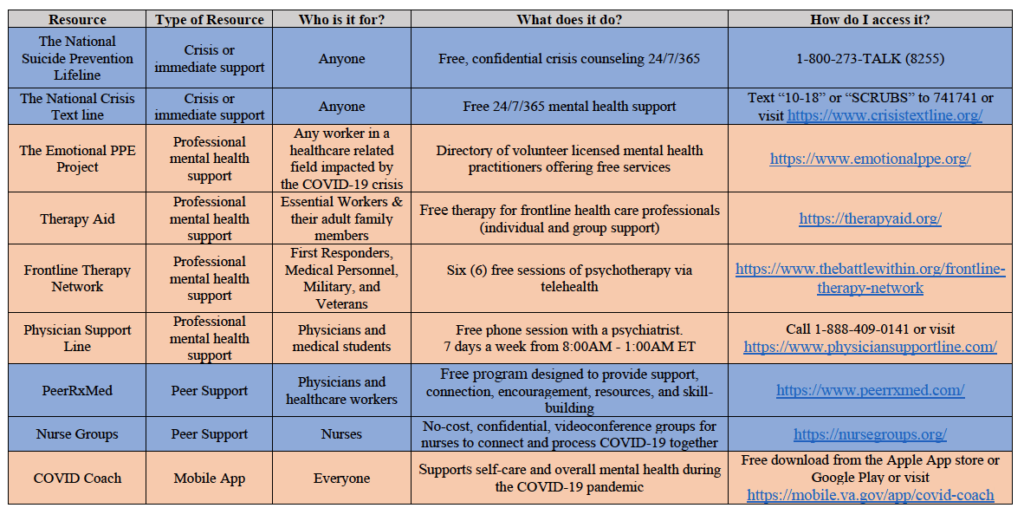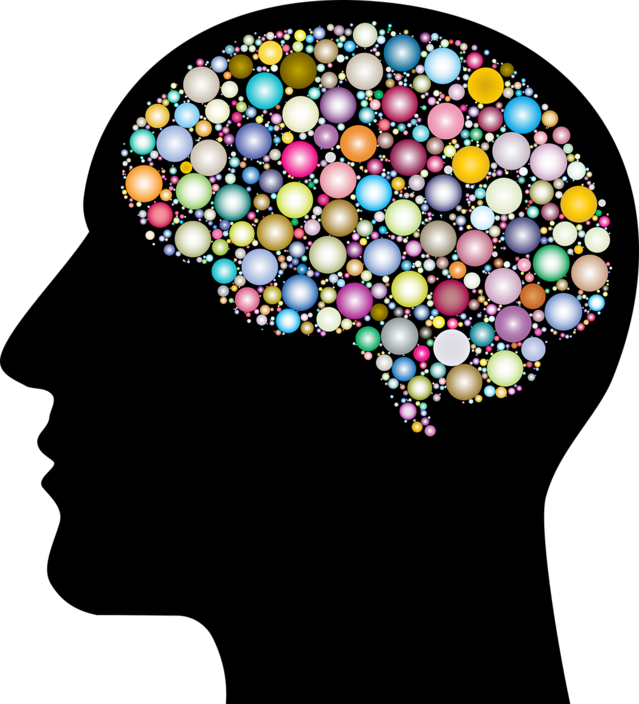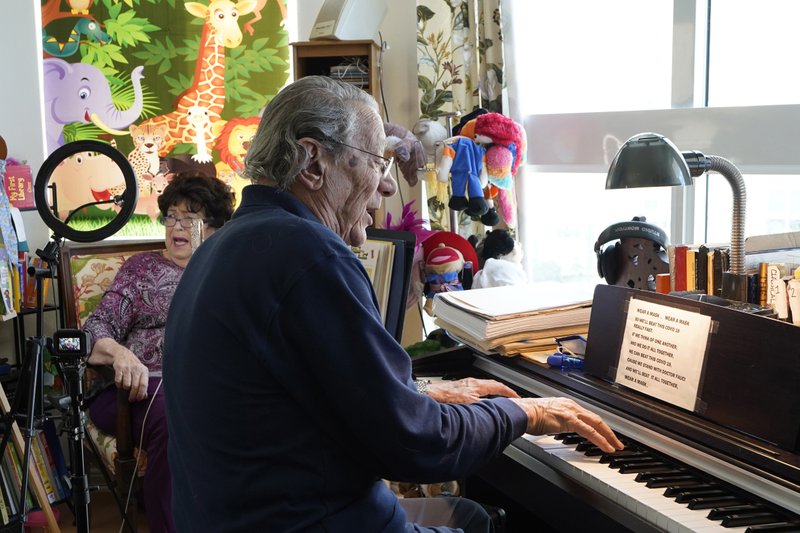8-year-old Dylan Pfeifer has been staging food drives from his home in metro Phoenix in response to the pandemic.
Dylan’s initial dream was to provide Internet access to students around the U.S. who were having a hard time taking advantage of the same virtual learning opportunities he had because they didn’t have internet. “My mom said it was going to be hard to provide internet, so we decided to do food drives,” he said.
Each drive is the culmination of hours of work that involves drawing posters, going door-to-door to hand out flyers and working with his mother to post information on Facebook.
Dylan has hosted three drives from his home in Chandler, about 20 miles (32 kilometers) southeast of Phoenix. He said he is planning his next one in June, when summer vacation begins.
“I would plan one every day if I could,” he said.
Dylan says he has collected more than 1,000 cans and boxes of nonperishable food and more than $900 in donations. On its website, St. Mary’s Food Bank in Phoenix says it can convert $1 into seven meals, meaning Dylan has been able to provide more than 6,500 meals on just monetary donations.
Learn more about Dylan, his food drives, and what you can do to help feed the hungry locally and around the country at APNews.com.







